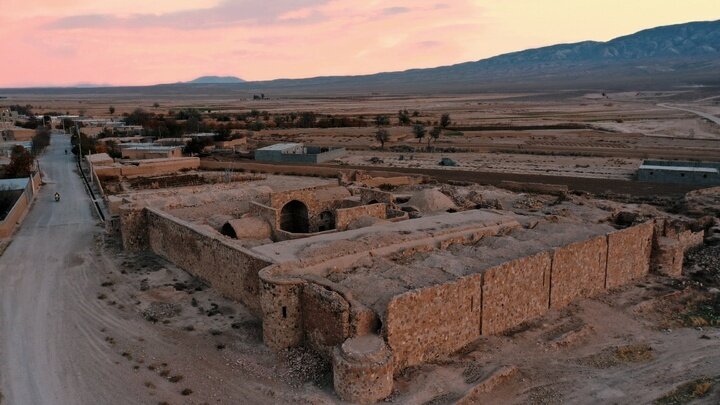Renovation operation of Qarahbil caravanserai planned in North Khorasan

TEHRAN— The cultural heritage chief of North Khorasan province gave news of renovation operation of Qarahbill rabat (roofed caravanserai) in Garmeh, North Khorasan province.
Qarahbil caravanserai is from the collection of rabats (roofed caravanserais) on the historical road from Jorjan to Neyshabur (one of the branches of the Silk Road). It was registered on National Heritage List under the number 4574 in 2002, IRIB reported.
Mohammadreza Qahremanian also said that the renovation of caravanserai includes rubble-clearing for Plan legibility, restoration of stone walls, and restoration of stone arches with a credit worth 20 billion rials ($22,222) which has been secured from national budget.
He explained that the renovation of the historical rabat will be conducted by a qualified contractor through employing traditional architecture masters with supervision of an expert from North Khorasan Cultural Heritage Department.
Qarahbill caravanserai is one of the significant monuments of Timurid era in Bojnourd-Golestan route.
Caravanserai or caravansary is a compound word combining “caravan” with “sara”; the former stands for a group of travelers and the latter means the building. They often had massive portals supported by elevated load-bearing walls. Guest rooms were constructed around the courtyard and stables behind them, with doors in the corners of the yard.
For centuries, caravanserais constituted key parts of a rich circuit of travel and trade by providing shelter, food, and water for caravans, pilgrims, and other trekkers. For many travelers, staying in or even visiting a centuries-old caravanserai can be a broad experience; they have an opportunity to feel the past, time travel to a forgotten age.
The earliest caravanserais in Iran were built during the Achaemenid era (550 - 330 BC). Centuries later, when Shah Abbas I assumed power from 1588 to 1629, he ordered the construction of a network of caravanserais across the country. Such roadside inns were once constructed along ancient caravan routes in the Muslim world to shelter people, their goods, and animals. The former Silk Road may be the most famous example, dotted with caravanserais.
KD
